The experts in boutique travel To Peru and South America
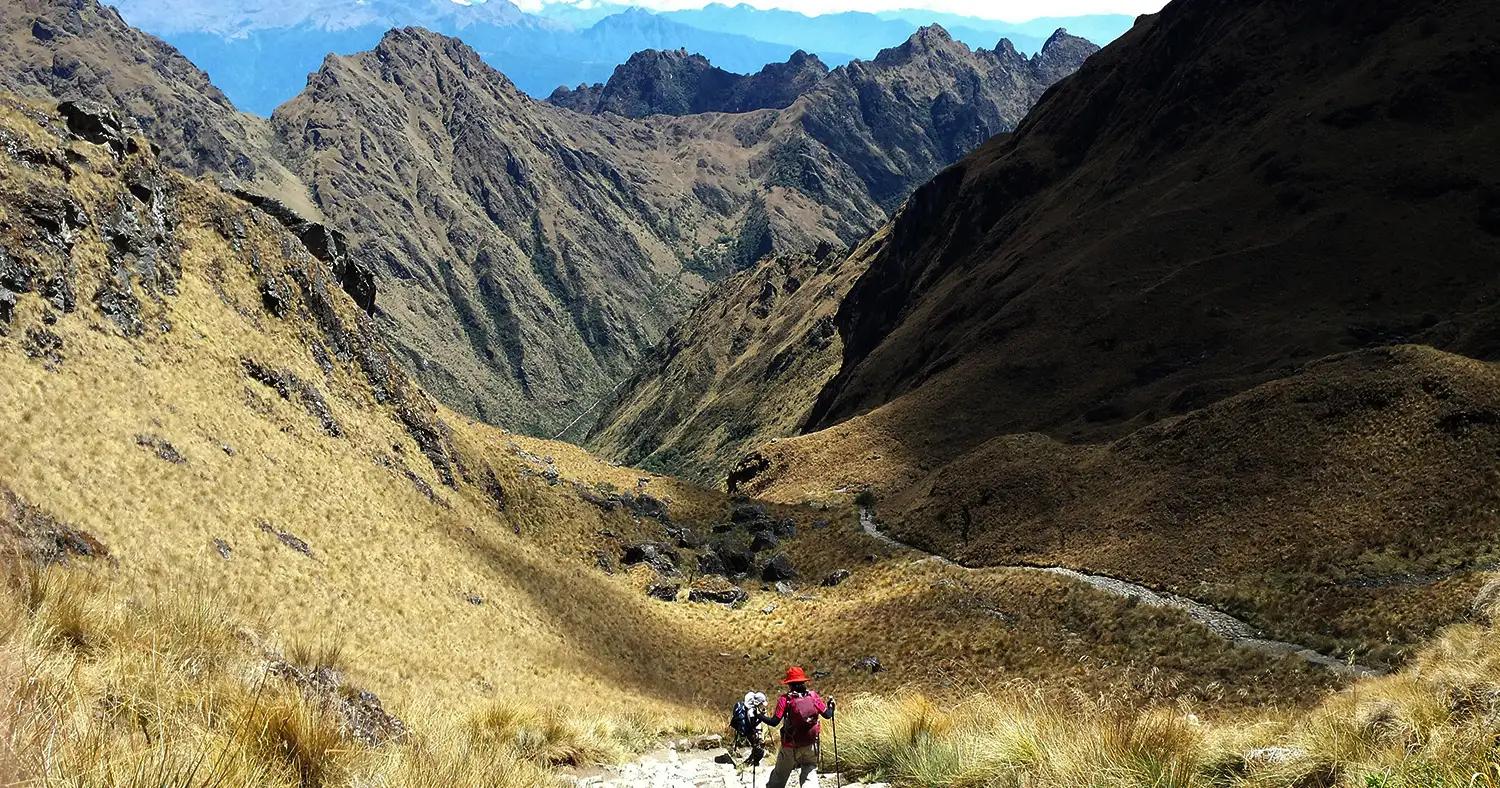
In this blog, we’ll dive into everything you need to know to prepare for your unforgettable journey along the Inca Trail. So, without further ado, let's explore the key details that will help ensure your Inca Trail adventure is as smooth and enjoyable as possible!
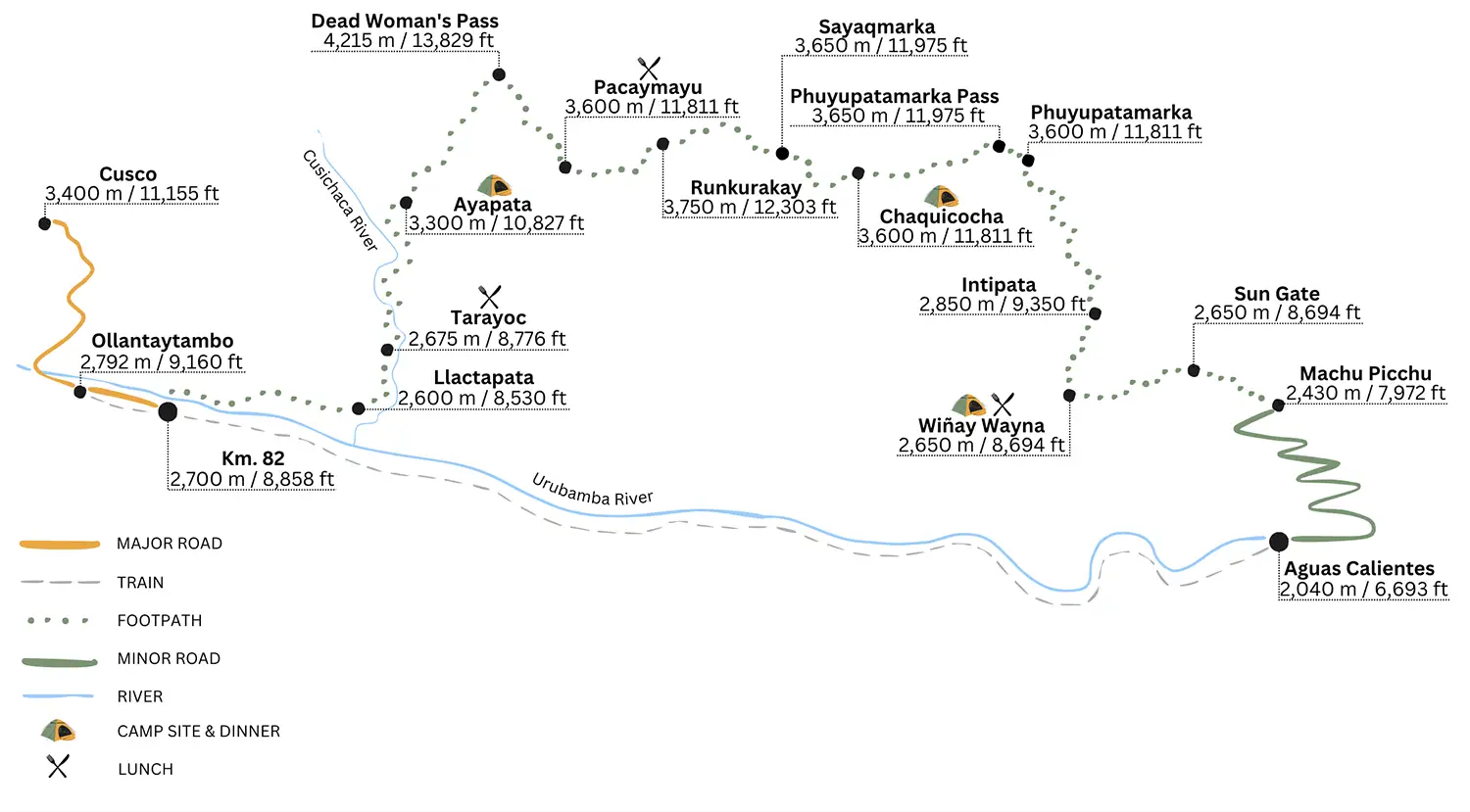
The best time to trek the Inca Trail largely depends on the weather conditions and the overall trekking experience you’re seeking. Here’s a detailed look at the optimal times to hike:
1. Weather Conditions:
2. Benefits:
3. Considerations:
1. Weather Conditions:
2. Benefits:
3. Considerations:
1. Weather Condit ions:
2. Benefits:
3. Considerations:
For the best trekking experience on the Inca Trail, the dry season (May to September) is ideal due to favorable weather and clear views, although it is the busiest time. Shoulder seasons (April and October) offer a good balance of weather and fewer crowds. The wet season (November to March) presents challenges with weather but may appeal to those seeking solitude and lower costs. Always prepare for varying weather conditions regardless of the season and ensure you book permits and tours well in advance, particularly for peak times.
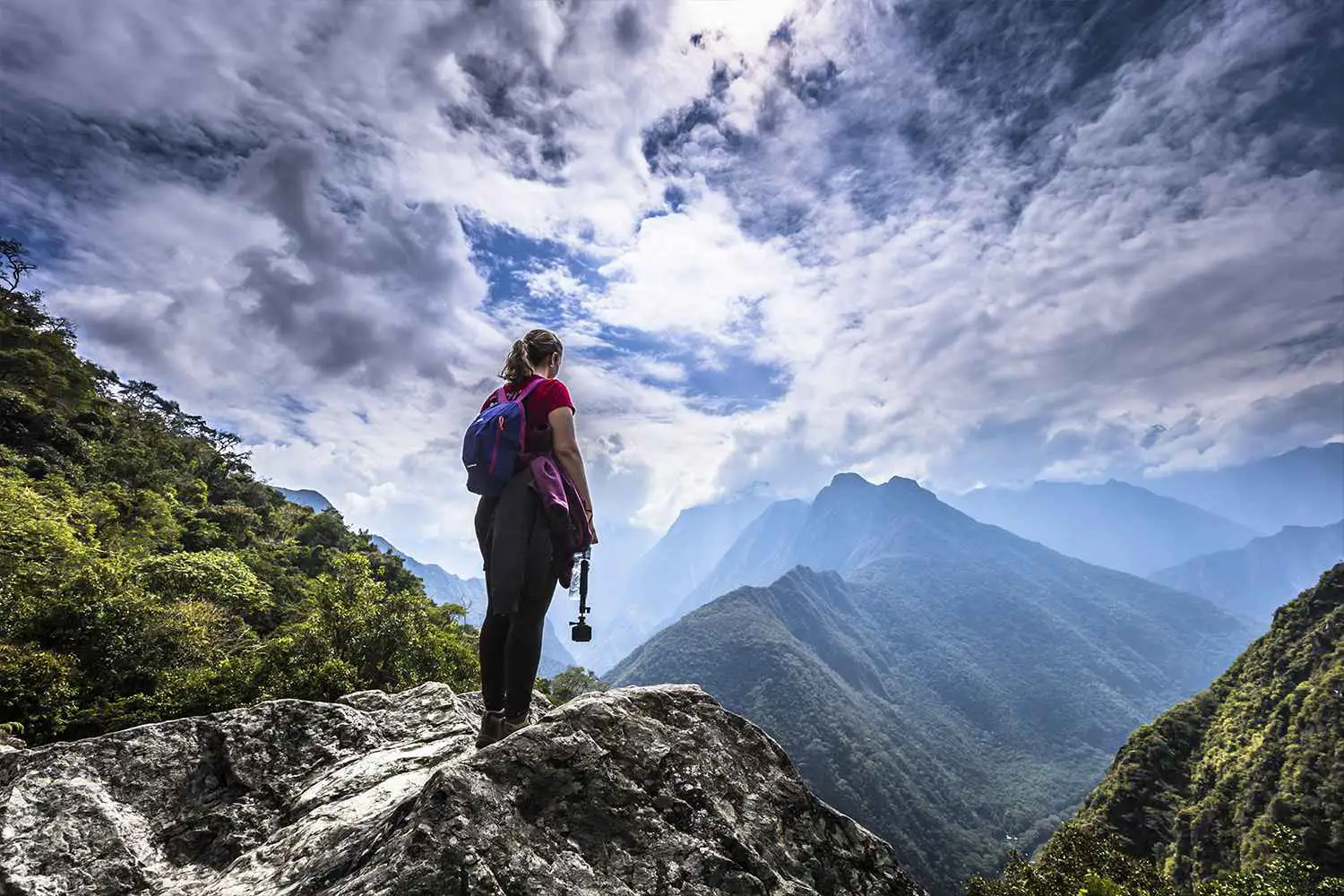
Breathtaking views from the Inca Trail—where ancient history meets stunning landscapes. Photo by Michaellbrawn, under the CC BY-SA 4.0 < https://creativecommons.org/licenses/by-sa/4.0 > license, via Wikimedia Commons .
Only 500 permits are issued daily, and these are issued on a first-come, first-served basis. Out of the 500 available permits, an average of about 200 permits go to hikers, while the remaining 300 permits go to guides and support staff (cooks and porters). Given the limited supply of Inca Trail permits, some trek dates in high season sell out literally within hours after they become available.
Therefore, the ideal window to book your permits depends greatly on when you are planning to travel to Peru. These are our recommendations for when to book.
May to September is the peak season, not only for the Inca Trail but also for Cusco and Machu Picchu. The longer you delay booking permits, accommodations, flights, and trains, the more limited your options will become in terms of availability.
During the low season, permits for certain dates may still be available until just weeks or even days before the trek. However, if you're determined to hike the Inca Trail, it's best to secure your permit as soon as you have your travel dates. Keep in mind that once a permit is purchased, the date cannot be changed. Inca Trail permits are also non-transferable and non-refundable.
Note that the Inca Trail closes annually for the entire month of February. This is not only for scheduled maintenance but also to avoid the heaviest part of the rainy season.
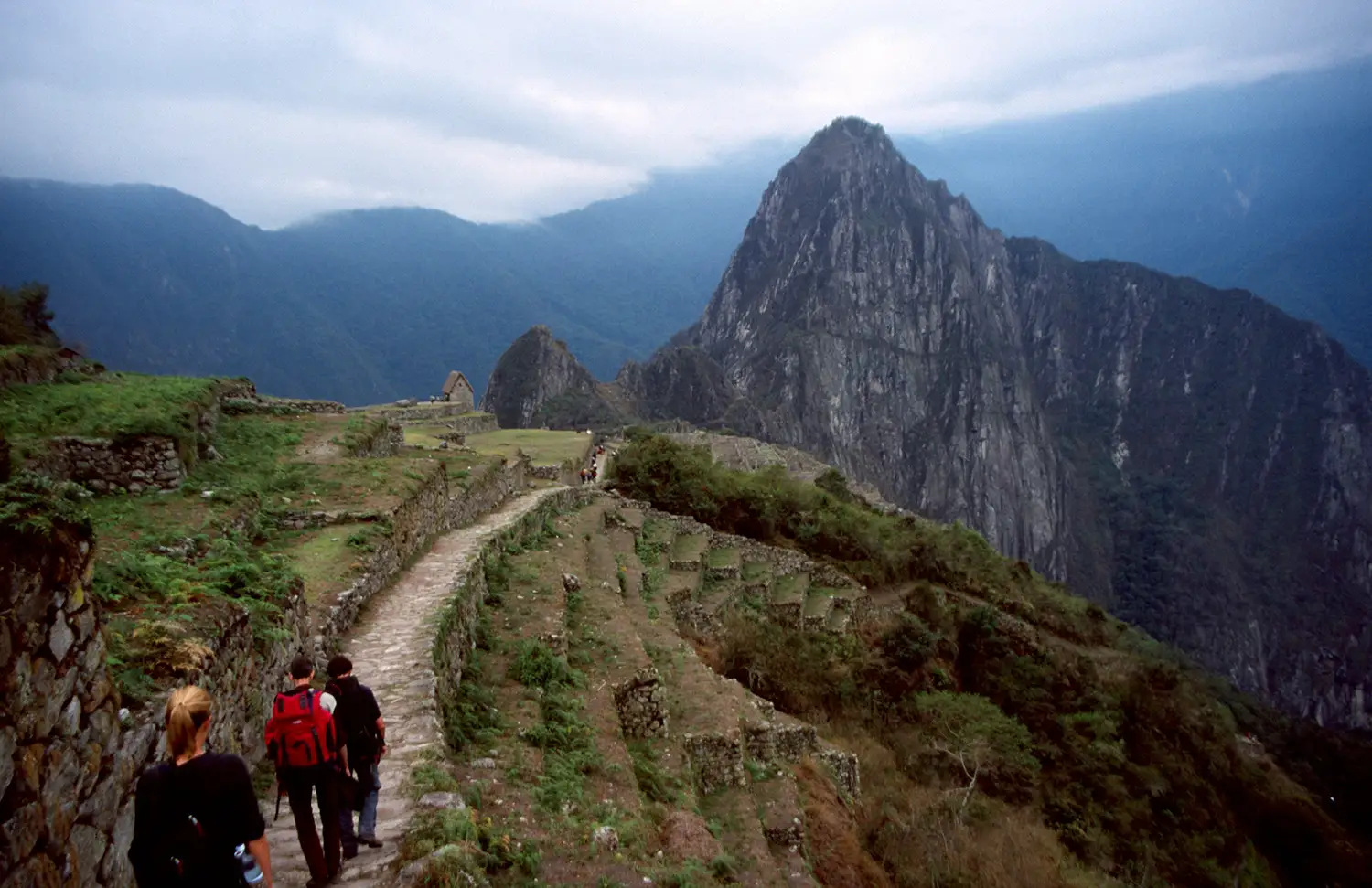
Trekkers are awarded with their first glimpse of the majestic Machu Picchu—an unforgettable reward after the journey of a lifetime. Photo by Colegota, under the CC BY-SA 2.5 ES < https://creativecommons.org/licenses/by-sa/2.5/es/deed.en > license, via Wikimedia Commons .
The simplest way to check availability is by reaching out to a licensed tour operator like us. Keep in mind that Inca Trail permits can only be purchased through authorized operators. Once you make a reservation with us, we’ll secure your permits immediately or as soon as they become available.
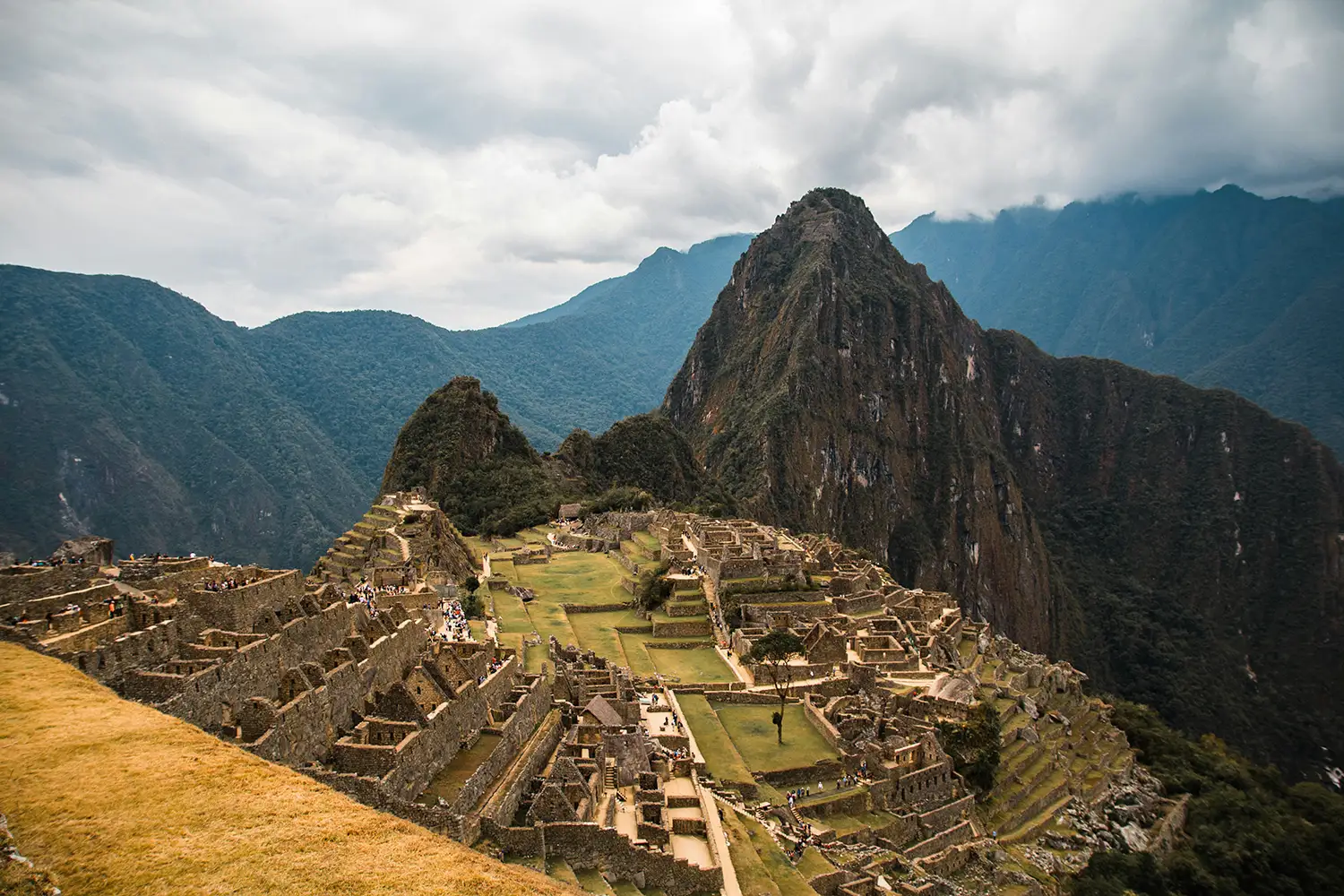
Machu Picchu—where ancient history and breathtaking beauty come together. Photo by Adrian Dascal on Unsplash .
In a nutshell, securing your Inca Trail permit well in advance is crucial, especially during peak season when demand is high. By planning ahead and booking early, you can ensure your spot on this once-in-a-lifetime adventure to Machu Picchu. Don’t wait until the last minute—lock in your dates, prepare for an unforgettable trek, and get ready to experience the magic of the Inca Trail.
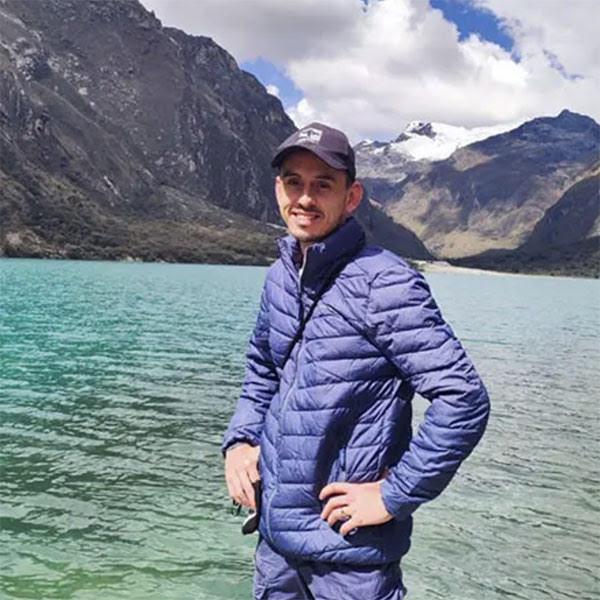
Dean is a South African animal lover, travel enthusiast, and writer. He worked as a safari guide in Kruger National Park for 27 years. Following his heart, he moved to Peru to be with his wife. Dean's passions include animals, tourism, writing, graphic design, and web development. In his free time, he enjoys movies, books, and spending time with friends and family.
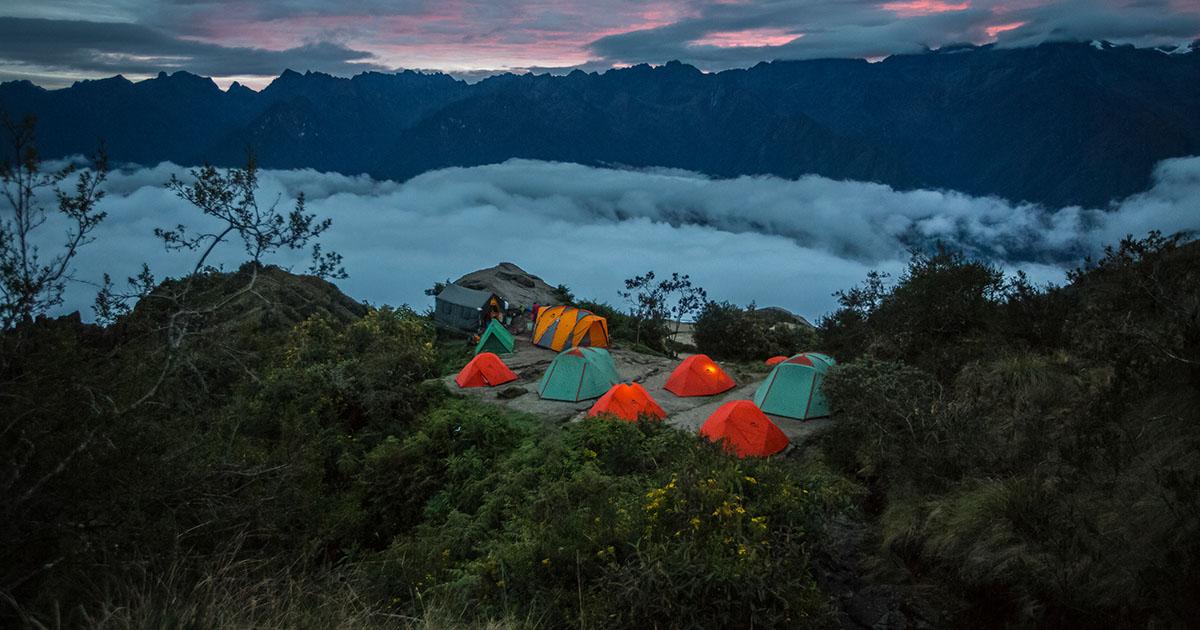
Peru has so many incredible hiking trails that it’s difficult to narrow the best treks in Peru to just ten. No matter where you are hiking in the Andes Mountains, it is sure to be rewarding. From the deepest canyons to Inca trails and the Cordillera Blanca. Azure lakes, mountain vistas, Inca ruins and remote Andean villages are sure to amaze. Here are the top ten multi-day Peru hikes.
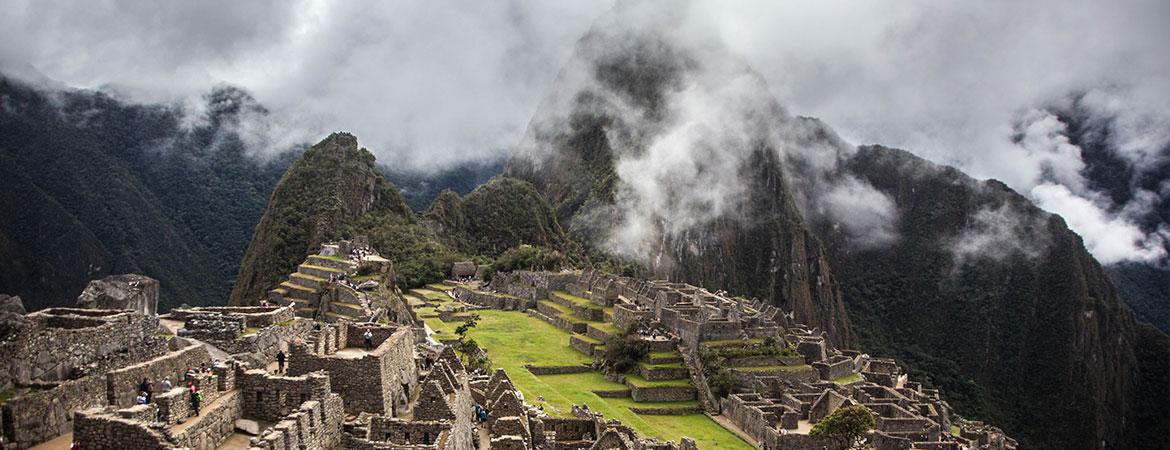
What’s the best time to visit Machu Picchu? For clear skies, sunny weather, and a chance to take photos of Machu Picchu like the ones you see in the travel magazines, the easy answer is June, July, or August. This is peak season for travel to Machu Picchu. Because of course, everyone has the same idea. But that’s not a drawback as long as you know what to expect.